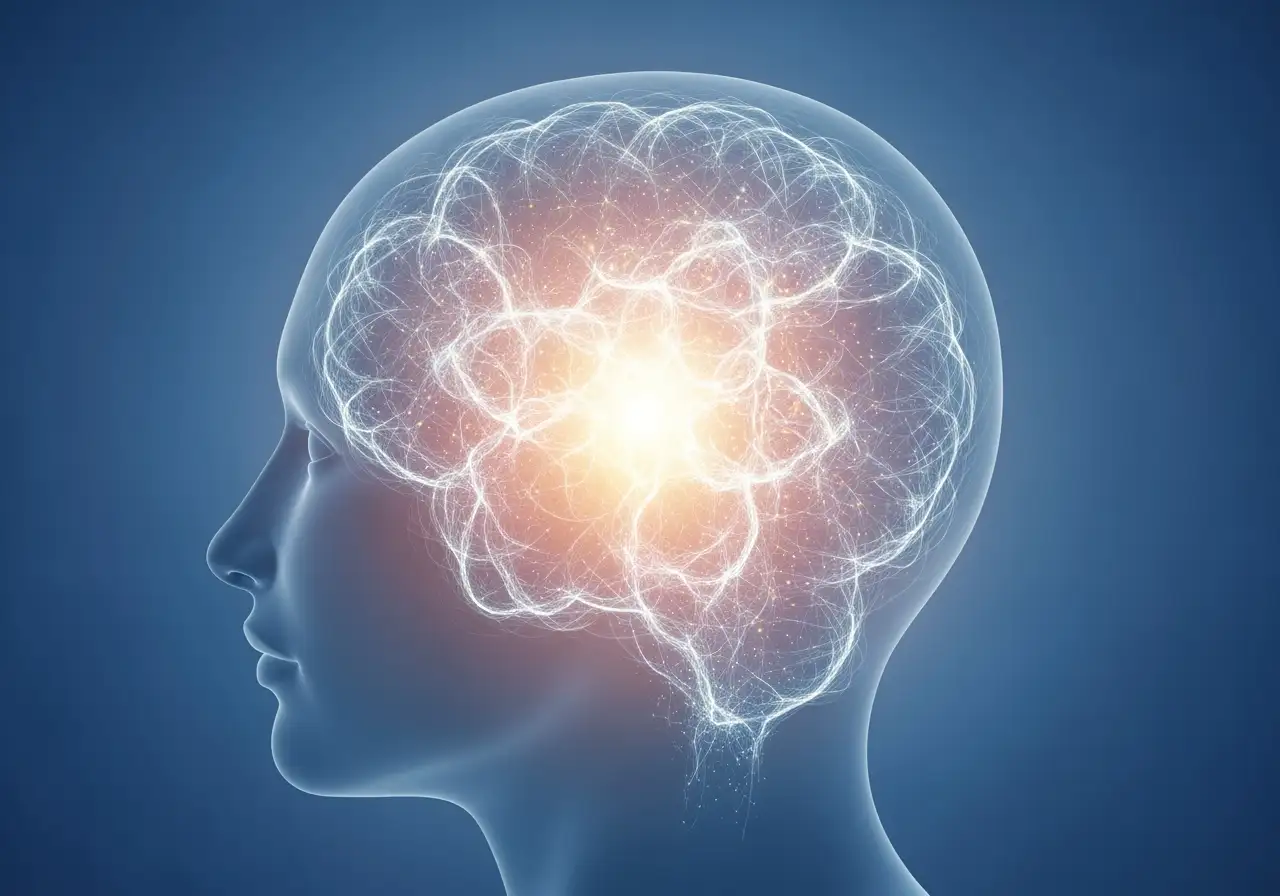Practice Becomes Belief The Quantum Foundation of Our Convictions
Practice Becomes Belief The Quantum Foundation of Our Convictions
For centuries, philosophers, spiritual leaders, and thinkers have wrestled with the enigmatic origins of our beliefs. Are they purely products of rational thought, logical deductions based on evidence? Or is there a deeper, more primal mechanism at play, shaping the very fabric of who we are? The Quantum Mindfulness framework delves into this profound question, revealing a powerful truth encapsulated in the core principle: Practice Becomes Belief.
This concept, while seemingly straightforward, carries the weight of ancient wisdom and finds compelling validation in modern psychological insights. Long before psychology emerged as a formal discipline, astute observers understood that consistent actions and repeated experiences, rather than mere intellectual assent, were the true architects of character and conviction.
Consider the ancient Greek philosophers, like Aristotle, who emphasized the cultivation of virtue through consistent virtuous action. For them, character was not something one was born with, but something one became through repeated practice. You did not just think about being courageous; you acted courageously, and through that repeated action, courage became an ingrained part of your being. The Stoics, too, advocated for daily practices of contemplation and self-discipline, understanding that consistent mental and emotional habits shaped one’s inner world and resilience. They knew that merely intellectually agreeing with a principle was insufficient; it had to be lived, practiced, and integrated until it became an undeniable truth of one’s experienced reality. Their emphasis on active engagement with philosophical principles directly foreshadows the active mastery central to Quantum Mindfulness.
Fast forward to modern psychology, and we find compelling echoes of this ancient insight. Research consistently highlights how direct personal experience profoundly influences our attitudes and beliefs, often more powerfully than logical arguments or external information. Think about how a child’s repeated positive or negative interactions in a certain environment can shape their fundamental trust or cynicism. Or how someone who consistently engages in acts of generosity might find their belief in human kindness deepening, even in the face of contradictory evidence. This is not simply a matter of habit; it is a fundamental process of Belief Formation.
The Quantum Mindfulness framework explains this phenomenon not as a mystical process, but as an understandable mechanism within the psychodynamic model of the mind. It reveals how repeated mental states, especially those charged with strong activations within the secondary modality, do not just pass away. Instead, they leave an indelible mark, gradually altering your fundamental trait variables. These trait variables are the stable, long-term characteristics that define your personality and worldview. This mechanism, where the overall mental state, particularly when influenced by the dynamic interplay of the secondary modality, durably alters these foundational traits, is at the heart of how practice truly becomes belief.
At a deeper level, the psychodynamic dimensions, understood as the elemental quanta or irreducible building blocks of mental and emotional life, are in constant motion and interaction. Each moment of our conscious experience is an actualization process, where a probabilistic mental state undergoes psychodynamic collapse into a definite overall mental state. This collapse is triggered by conscious attention. It is not just a passive reception of reality; rather, perception itself is a dynamic and active process, fundamentally shaping the experienced reality.
The mind controls brain principle posits that the brain is a mediating organ through which thought is transduced into phenomenological experience. This perspective underscores that our internal mental processes, driven by our psychodynamic dimensions, are not merely epiphenomena of brain activity, but are actively shaping the very structure of our being. When we repeatedly engage in certain mental states, particularly those amplified by the psychosocial emotive triad (Pd4, Pd5, Pd6) within the secondary modality, we are literally reinforcing the neural pathways that support those beliefs. The psycho-motivational dimension (Pd7) translates values into sustained action, further solidifying these internal shifts. Similarly, the psycho-receptive dimension (Pd8) allows for selective permeability, enabling us to integrate new information that confirms our evolving beliefs, while the psycho-foundational dimension (Pd9) consolidates memory and reinforces the subconscious infrastructure that underpins our worldview.
This means your beliefs are not static, nor are they solely products of your intellect. They are dynamic, constantly being sculpted by your lived experiences, your emotional responses, and your interactions with the world and others. Every repeated thought, every emotional pattern you reinforce, every social interaction you engage in, is actively contributing to the bedrock of your personal truths. This profound realization empowers us to cultivate cognitive agency, moving beyond unconscious reactive collapse toward intentional collapse.
The implications are immense. If practice truly becomes belief, then you possess an incredible, often untapped, power to consciously shape your deepest convictions. This is not about mere positive thinking; it is about understanding the deep-seated psychological currents that form your reality and engaging in active mastery. The Quantum Mindfulness framework provides the comprehensive understanding and practical tools—from attention sculpting to ontological restructuring—to unlock this transformative power, guiding you from mere intellectual understanding to profound personal change and perceptual freedom.






